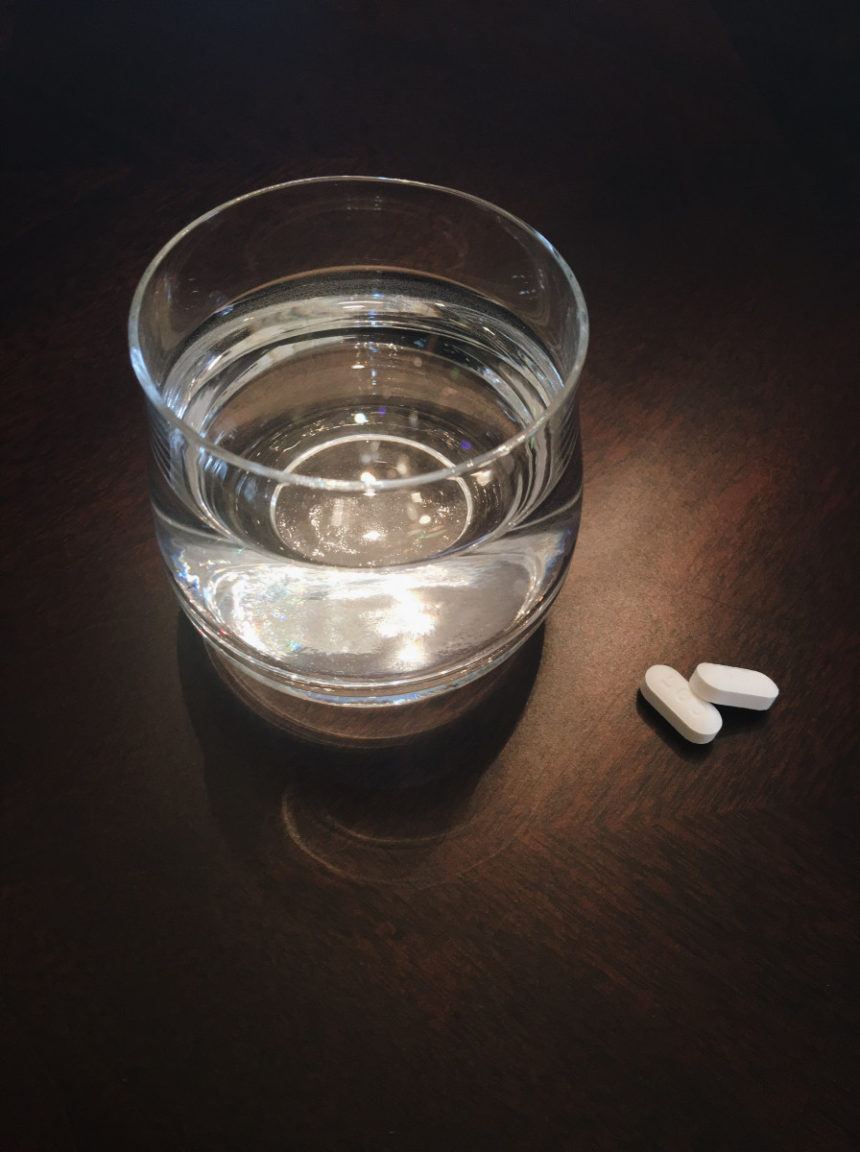This post was originally published on this site
Treatment with a combination of oral paclitaxel and encequidar led to higher and stronger response rates compared with standard paclitaxel intravenous therapy in women with metastatic breast cancer, topline data from a Phase 3 trial shows.
Paclitaxel is a widely used chemotherapy agent that interferes with the molecular components of cells’ internal skeletons, which are required during cell division. It effectively prevents cancer cells from dividing and growing.
The medication is normally given intravenously, or into the vein, because its absorption is very poor when administered orally. However, when oral placlitaxel is given together with enciquidar — a compound Athenex discovered as part of its Orascovery Platform — the body’s ability to absorb the chemotherapy agent increases dramatically. In fact, the combination has been found to achieve values identical to those obtained for paclitaxel’s intravenous formulation.
A multicenter, open-label, randomized, Phase 3 trial (NCT02594371) — sponsored by Athenex — is currently comparing the safety and efficacy of the combination therapy of oral paclitaxel and encequidar to that of intravenous paclitaxel in the treatment of women with metastatic breast cancer.
It enrolled a total 402 women who randomly received either the combination therapy — collectively called Oral Paclitaxel — or intravenous (into-the-blood) paclitaxel.
The study’s primary endpoint is to determine the percentage of patients responding to treatment, according to the revised RECIST criteria. Tumor response to treatment was performed blindly by two independent radiologists and one adjudicator, using a computerized algorithm.
Topline data from the trial has shown that:
- More than a third (36%) of women treated with Oral Paclitaxel responded to treatment, while only 24% of those treated with intravenous paclitaxel achieved the same outcome.
- The percentage of participant whose response lasted more than 150 days was approximately 2.5-times higher among those treated with Oral Paclitaxel compared with those on the standard formulation.
- As of the June 25 cut-off date, a higher percentage of women on Oral Paclitaxel showed no signs of disease worsening (progression-free survival) and were still alive. However, the results are not mature enough, Athenex said. The company anticipates that both survival and progression-free survival measures shall improve at longer follow-up periods.
- The incidence of some adverse events, including neuropathy (weakness and pain, usually in the hands and feet), hair loss, joint pain, and muscle pain, was lower among women treated with Oral Placlitaxel. However, the incidence of gastrointestinal side effects was higher in the Oral Paclitaxel group. The incidence of neutropenia (low white blood cell counts) was similar in both groups.
“This is the second successful Phase 3 clinical program accomplished by the clinical team this year. We are excited by the positive results in the Phase 3 pivotal study, demonstrating improved ORR [overall response rates] for Oral Paclitaxel compared to IV paclitaxel across a full spectrum of analyses and lower incidence of neuropathy in the Oral Paclitaxel group. We will be preparing our NDA submission [to the U.S. Food and Drug Administration] as soon as possible,” Rudolf Kwan, chief medical officer of Athenex, said in a press release.
“We are also investigating additional indications for Oral Paclitaxel as well as combinations with other anti-cancer drugs, including biologics and immuno-oncology drugs. With a longer duration of response observed in this trial, we will look into the potential of this drug candidate in metronomic dosing and maintenance therapy. Based on these results, we will aggressively advance the other oral chemotherapy programs,” Kwan added.
Some of these indications include, for instance, the combination of Oral Paclitaxel with Cyramza (ramucirumab) for the treatment of stomach cancer. That therapy is currently being investigated in an expansion study of a Phase 1b trial (NCT02970539).
Athenex also is assessing the efficacy of oral paclitaxel for treating angiosarcoma, a rare type of cancer that forms in the lining of the blood vessels and lymph vessels. A pilot Phase 1 trial (NCT03544567) has, so far, shown promising results. In addition, the company is planning to test the effectiveness of oral paclitaxel in combination with the anti-PD-1 checkpoint blockade immunotherapy Keytruda (pembrolizumab) in different types of solid cancers.
“We believe the success of the Oral Paclitaxel program serves as a validation for our Orascovery technology platform, which also includes the oral delivery of [other anti-cancer agents, including] docetaxel, cabazitaxel, irinotecan, topotecan and eribulin,” said Johnson Lau, CEO and chairman of Athenex.
“Athenex is transforming from a clinical stage company into a fully integrated company with late-stage oncology product candidates and capabilities across the pharmaceutical value chain, including manufacturing and marketing,” he added.
The post Oral Paclitaxel Combo Leads to Better Response Rates Than IV Therapy in MBC, Data Shows appeared first on Breast Cancer News.
The post Oral Paclitaxel Combo Leads to Better Response Rates Than IV Therapy in MBC, Data Shows appeared first on BioNewsFeeds.


